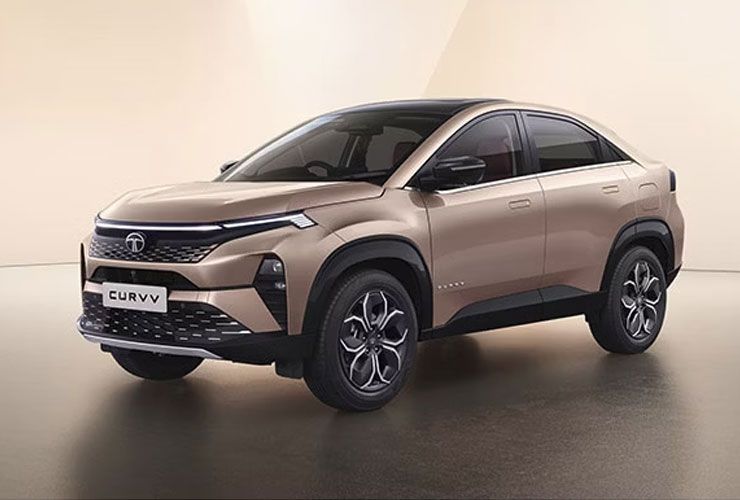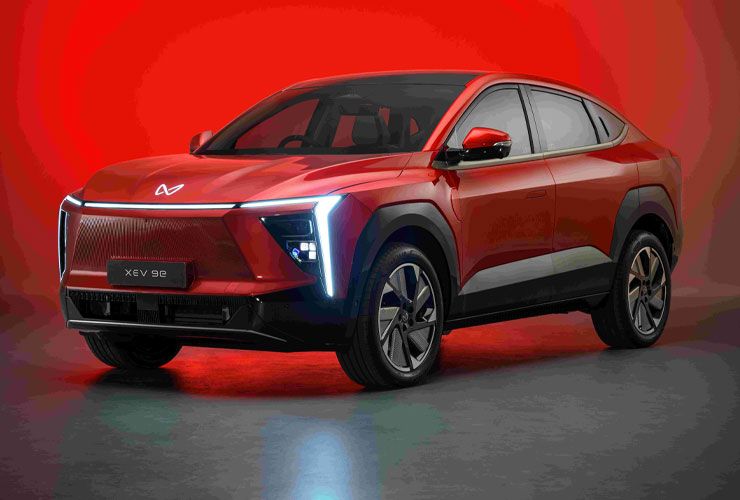Tata Motors Wants To Challenge Mahindra In This Foreign Land



Tata Motors is set to re-enter the South African market on August 19, 2025, ending a six-year hiatus and placing itself in direct competition with Mahindra & Mahindra. The move signals a renewed push by the company to expand globally, with South Africa viewed as a promising but challenging battleground. Mahindra has already established a solid foothold, and Tata now seeks to tap into the same market conditions that have helped its Indian rival grow steadily in the region.
Mahindra’s growing success in South Africa has not gone unnoticed. The company is increasing its production at its Durban facility by 67 per cent, scaling up from 900 to 1,500 vehicles a month. This expansion reflects rising demand for reliable and affordable vehicles in the country, where consumers are grappling with slow economic growth and cost-of-living pressures.
Tata is entering with the support of Motus, a major South African automotive distributor. This partnership gives Tata immediate access to sales and service networks, a clear advantage over starting from scratch. The collaboration could allow Tata to scale quickly, offering multiple vehicle segments from the start.

The company’s re-entry strategy is product-focused. Leading the charge is the Tata Punch, a compact SUV aimed at value-driven customers.

The Punch will be joined by the Harrier, a larger SUV that competes directly with Mahindra’s XUV700 and Scorpio-N.

The Curvv, a coupe-style SUV, adds a unique design element that might appeal to urban customers looking for more flair. Rounding out the portfolio is the Tiago hatchback, offering Tata an affordable entry-point model to attract budget-conscious buyers.
By launching with four vehicles across different segments, Tata is betting on a broad approach rather than a cautious, phased rollout. This could help it gain visibility and brand presence more quickly, especially in a market where competition from other budget brands like Suzuki and Chery is already heating up.
Current market dynamics appear favourable for Tata’s return. South African vehicle buyers are increasingly opting for affordable options over premium brands. The average vehicle transaction price has fallen by 2.3 per cent over the past two years, down to 490,478 rand (about $27,600). This trend is occurring despite inflation averaging over 4 per cent annually, underlining a clear shift in buyer priorities.

Mahindra’s trajectory shows what’s possible. The brand has maintained double-digit growth in a market that has otherwise shrunk. Its Pik-Up range now ranks in the top four for pickup sales, with compound growth of 22 per cent since 2019, even as the overall market has declined.
Tata’s advantage lies in timing and product relevance. With the market leaning towards functional, value-driven vehicles, Tata’s focus on cost-effective but feature-rich models aligns well with local demand.

Tata’s long-term prospects may also hinge on how it addresses manufacturing and electric vehicles. Mahindra currently assembles semi-knocked-down (SKD) kits in South Africa and is considering upgrading to completely-knocked-down (CKD) production, which would increase local sourcing and reduce costs. Tata may need to consider similar arrangements with Motus if it wants to remain cost-competitive and meet local manufacturing expectations.

On the electric vehicle front, Mahindra has already signalled plans to introduce its BE 6 and XEV 9e models in the region. Tata’s own EV portfolio, already robust in India, could become a key asset if infrastructure development in South Africa catches up. However, both companies will likely wait until the charging network improves before making a major EV push.
There is also a trade policy angle to consider. Tariff actions like the US’s 50 per cent duty on Indian imports have made South Africa an attractive manufacturing base for export-oriented companies. However, these benefits are complicated by shifting geopolitics and may favour companies with a domestic focus for now.
Tata will also need to demonstrate its contribution to the local economy. Mahindra’s expansion has already created around 100 jobs, which helps improve brand perception and government goodwill. Tata’s operations with Motus may need to replicate this kind of employment generation to remain in policymakers’ good books.